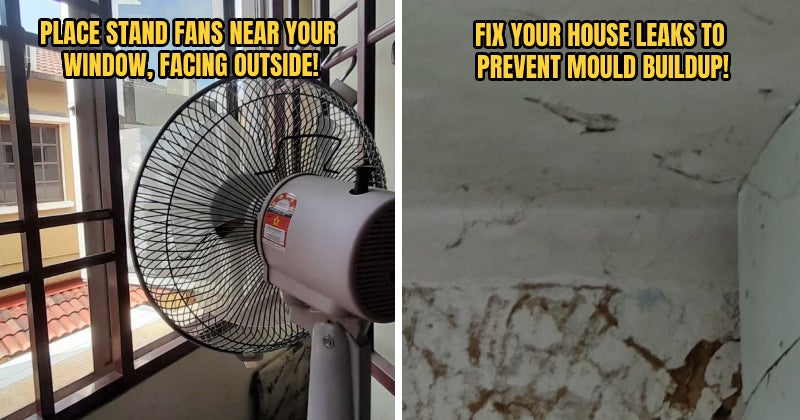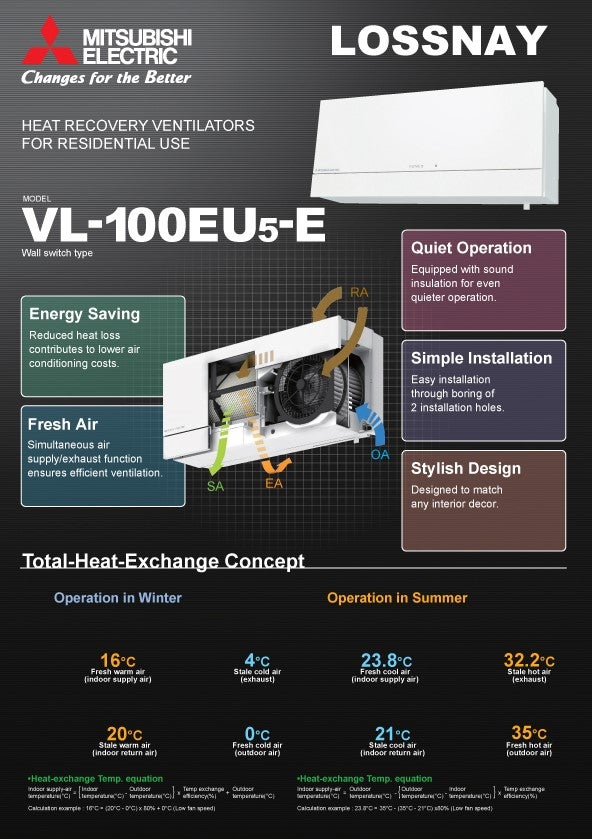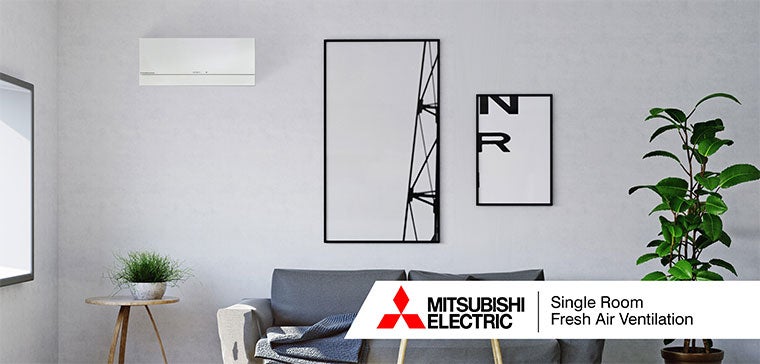When you hear the term “air pollution”, you’re probably thinking about thick black smoke or grey fog that you mostly see outdoors. But little do Malaysians know that indoor air can be two to five times dirtier than outdoor air, especially the air in the confines of your own home!
Surprised? Well, it’s true because indoor air quality tends to worsen as windows and doors are constantly kept closed, trapping heat, pollutants and allergens that are the cause of many diseases. But no worries; we’ve compiled a few super simple hacks you can try today to improve indoor air quality in your own home!
1. Use fans to blow dirty air out of your house
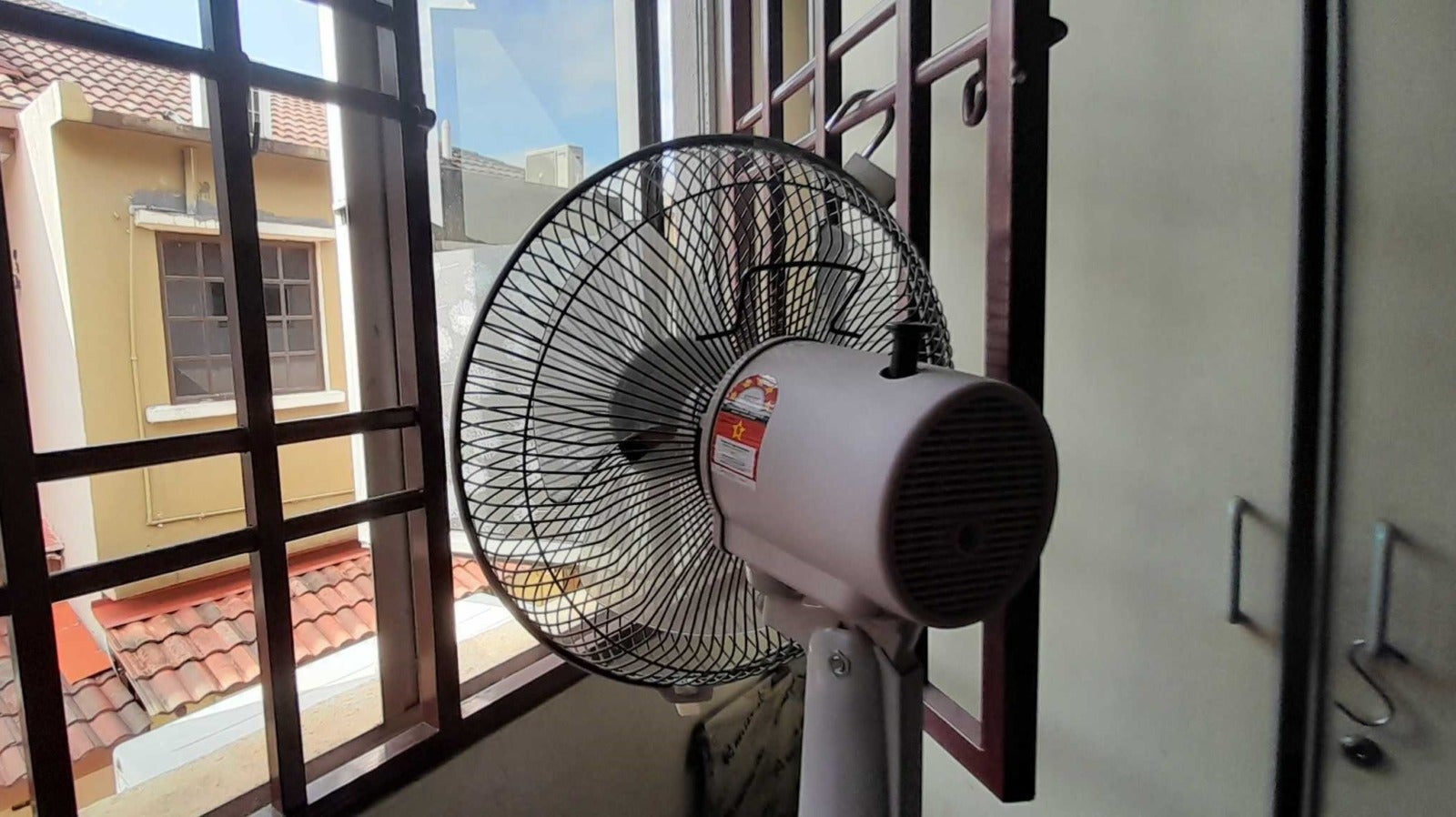
Before you start doing anything else to improve indoor air quality, you need to get as much dirty air out of your house as possible! To start off, place a fan as near as possible to an open window facing outside. This helps to get rid of air that contains a lot of virus particles and keeps them from being concentrated in one place.
And while you’re at it, make sure the fans are not pointed directly at people within the house, as the contaminated air could be blown directly towards them. We also recommend utilising your ceiling fans in addition to the fan near your window to better dispel the dirty air from your house.
And speaking of windows…
2. Remember to open your windows and doors frequently

Letting fresh outdoor air into your home will do wonders to prevent the concentration of virus particles inside. So when the coast is clear, open your windows and doors as much as you can! We recommend opening them widely, but having them cracked open even just a slight bit will also help to improve air quality.
If it’s possible, we suggest you open windows on opposite sides of your home and keep internal doors open simultaneously to increase cross-ventilation, which will REALLY get fresh air moving inside of your house. And as mentioned before, utilise your standing and ceiling fans to promote air circulation within your home!
3. Control the humidity in your home
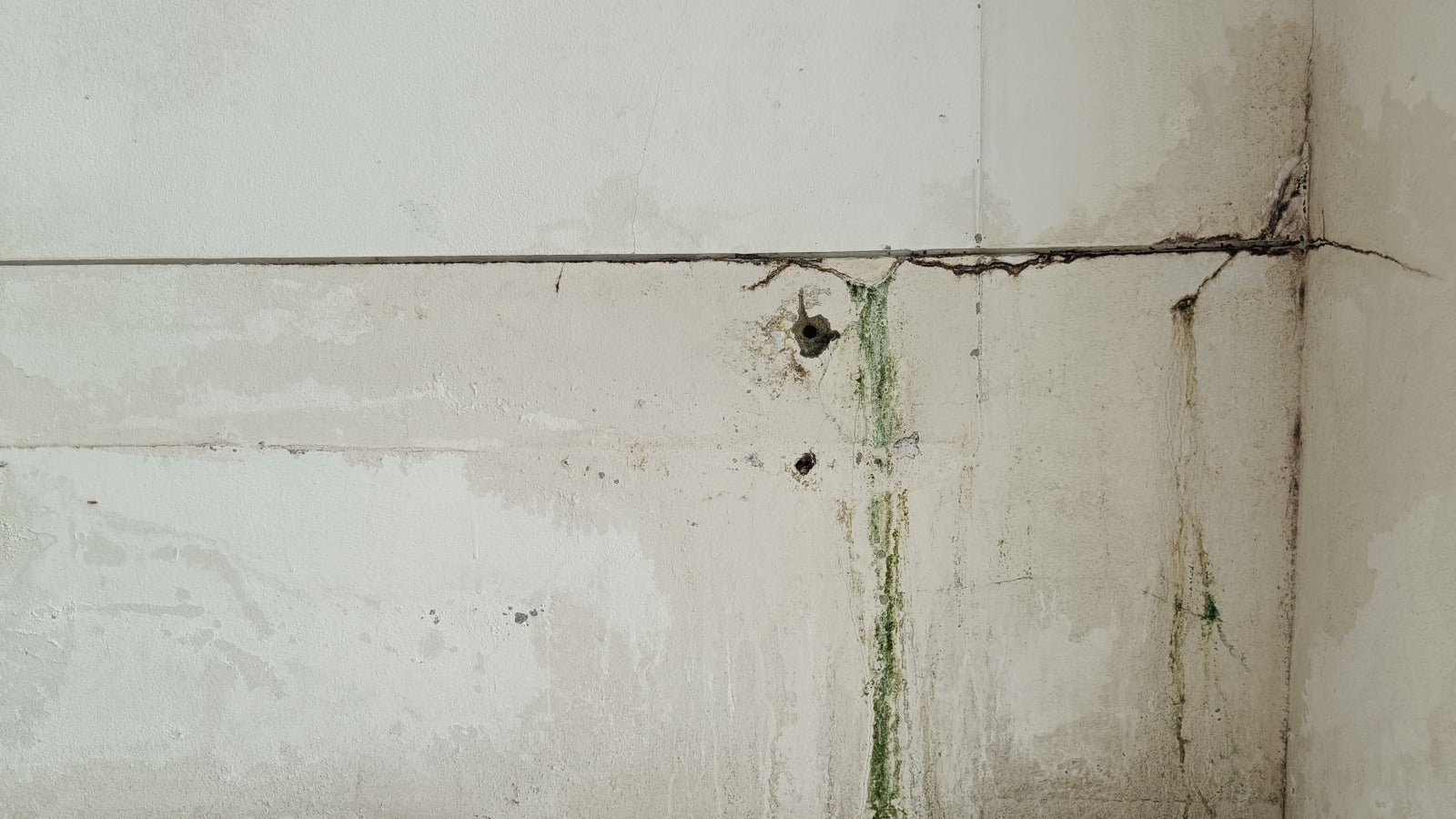
Monitoring your humidity is useful as the spread and growth of indoor pollutants and allergens such as mould are highly dependent on the level of moisture in your home. Hence, you need to take action to regulate the humidity level in your home as it is caused by everyday household activities such as washing, cooking, and even breathing!
To start dehumidifying, you need to prevent adding moisture to the air. Keep boiling pots closed, cut back on hot showers, and patch up water leaks which could lead to mould buildup and increase humidity levels. Another DIY method to dehumidify your house is by placing bowls of baking soda around the house which can absorb moisture very well. But be sure to replace them once they start to cake over!
4. Buy indoor plants to freshen the air
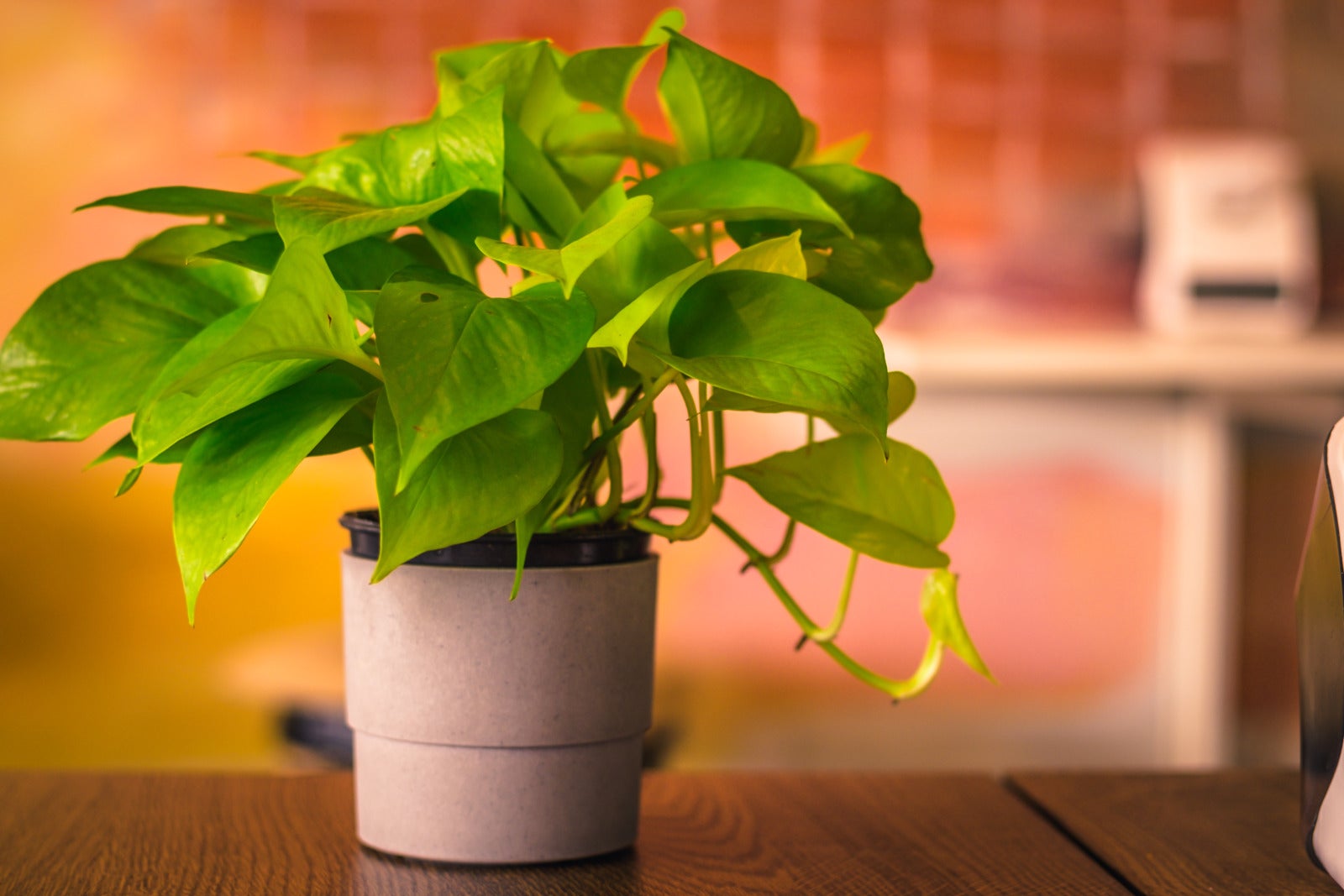
Most people don’t give much thought to purchasing air purifiers due to how much space they take up in the house. So here’s our suggestion for those people: get house plants instead! Because you know what they say: nature is the best air purifier! But don’t take it from us; research by NASA has proven that plants requiring low amounts of light can improve indoor air quality by absorbing pollutants.
So be a plant parent today! In addition to making your house look more aesthetic, these plants can go miles in reducing indoor air pollution and making the environment in your house fresh again at the cost of a little water and fertiliser! If you’re looking for a place to start, get a pot of Devil’s Ivy, Peace Lily and some rubber plants to purify the air in your home!
5. Improve the ventilation rate
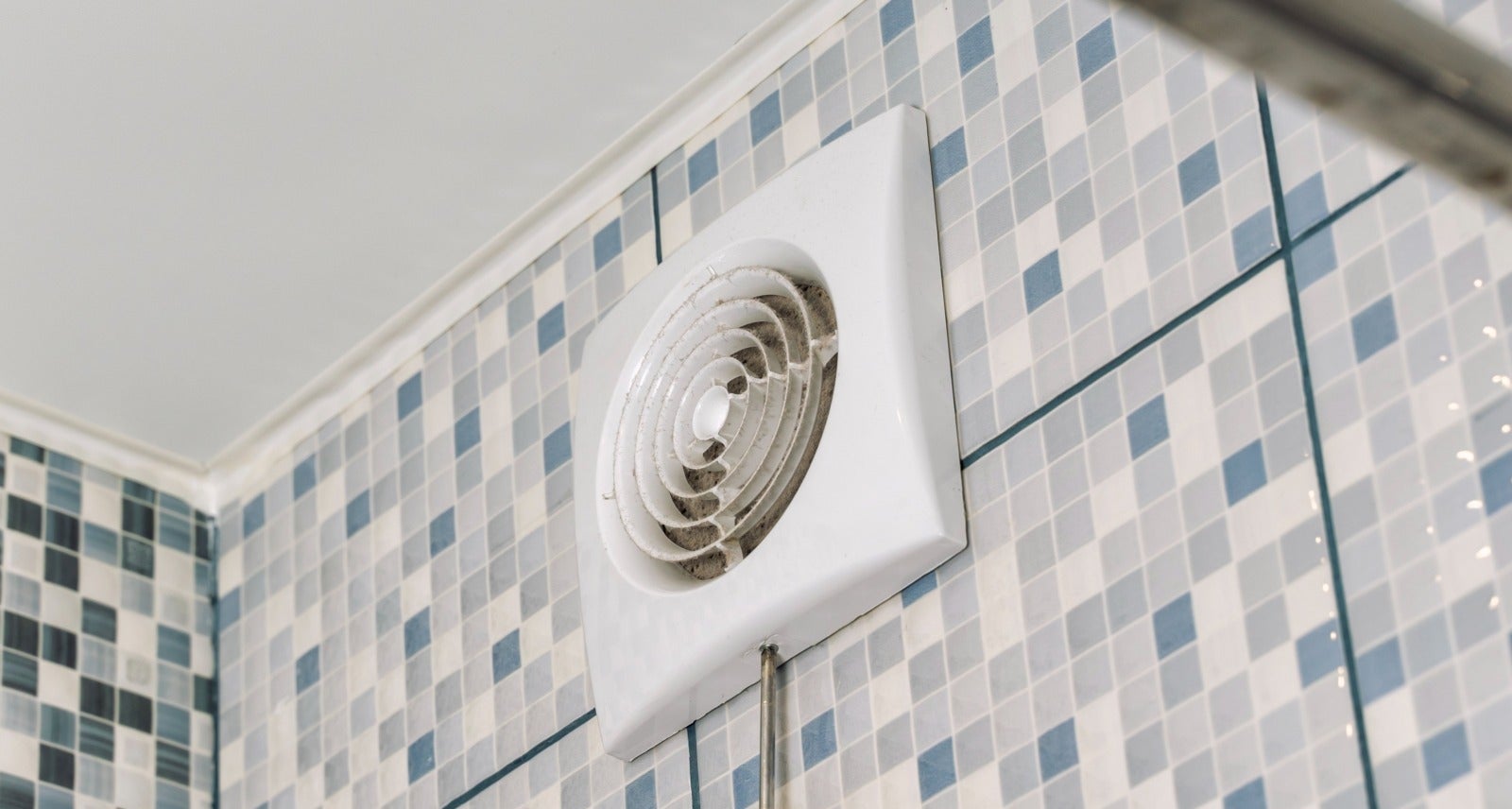
Through ventilation, indoor moisture levels and airborne contaminants can be regulated to prevent health issues as well as freshen the indoor climate. In addition, ventilation works to deodorise an indoor area, eliminate dust, and lower the room temperature by removing excess heat trapped within a building.
As with previous points, your fans are your best friends for ventilation. Place them in strategic locations in the house to improve airflow. And don’t forget to turn on the exhaust fans which may be installed in your bathroom and kitchen, as they can draw moisture from your sinks and bathtub to reduce the growth of virus particles.
All in all, investing in a higher-quality air ventilator is vital not only for reducing the risk of disease, but also to contribute to the overall well-being and comfort of people within an indoor environment. More so when there is a possibility of another Covid-19 wave hitting Malaysia very soon. So to prepare for this new wave, Malaysians would do well to ensure their homes are well-ventilated to prevent virus particles including Covid-19 from lingering in their homes!
And to do all this and more, we recommend installing Mitsubishi Electric’s Lossnay!
If you want the environment in your home to feel fresher & healthier, Mitsubishi Electric’s Lossnay Heat Recovery Ventilator will do the trick for you!
“But what’s so special about the Lossnay?” Well, to start off, the Lossnay is the ultimate home ventilation system ready to bring fresh clean air from outside, remove moisture and stale indoor air, and recover heat energy from damp areas such as bathrooms and kitchens.
Even their name “Lossnay” describes just how energy-efficient they are! Lossnay is a portmanteau of the English word Loss and the Japanese word Nay, which means “no” in Japanese. Therefore, the name “no loss” shows how the equipment experiences no loss of energy in order to save ventilation costs!
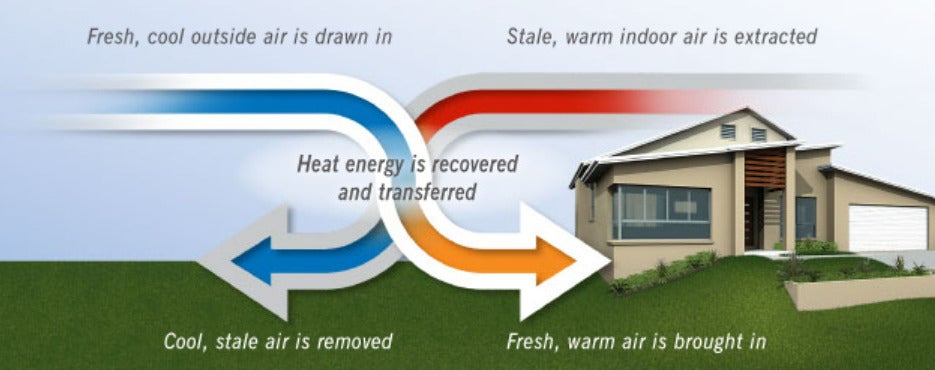
Compared to typical air purifiers in the market which use internal circulation to recycle indoor air, the Lossnay ventilates the room by bringing in fresh air from the outside and exhausting indoor air out of the house to reduce CO² concentration indoors. And the best part? You can upgrade it to a PM2.5 filter which gives the equipment better filtration capability!
Plus, compared to other ventilators and purifiers in the market, the Lossnay equipment operates quietly thanks to its expertly constructed sound insulation. This means it can freshen up your indoor air without making you lose a wink of sleep or concentration on your daily activities!
Another awesome part about Mitsubishi Electric’s Lossnay is its flexible installation! You can either connect the supply air ducts into each air conditioner’s indoor unit directly or have it work as a standalone unit. You can even install it in different kinds of systems; to split units with fresh air intake, to a CO² sensor, or a VRF system. The possibilities are endless!
Wanna have a new breath of fresh air in your home? Then hit up the folks at Mitsubishi Electric with your inquiries and order your Lossnay Heat Recovery installation today!
To learn more about Mitsubishi Electric’s nifty Lossnay Heat Recovery ventilator, go to their official website or visit their Facebook page!

